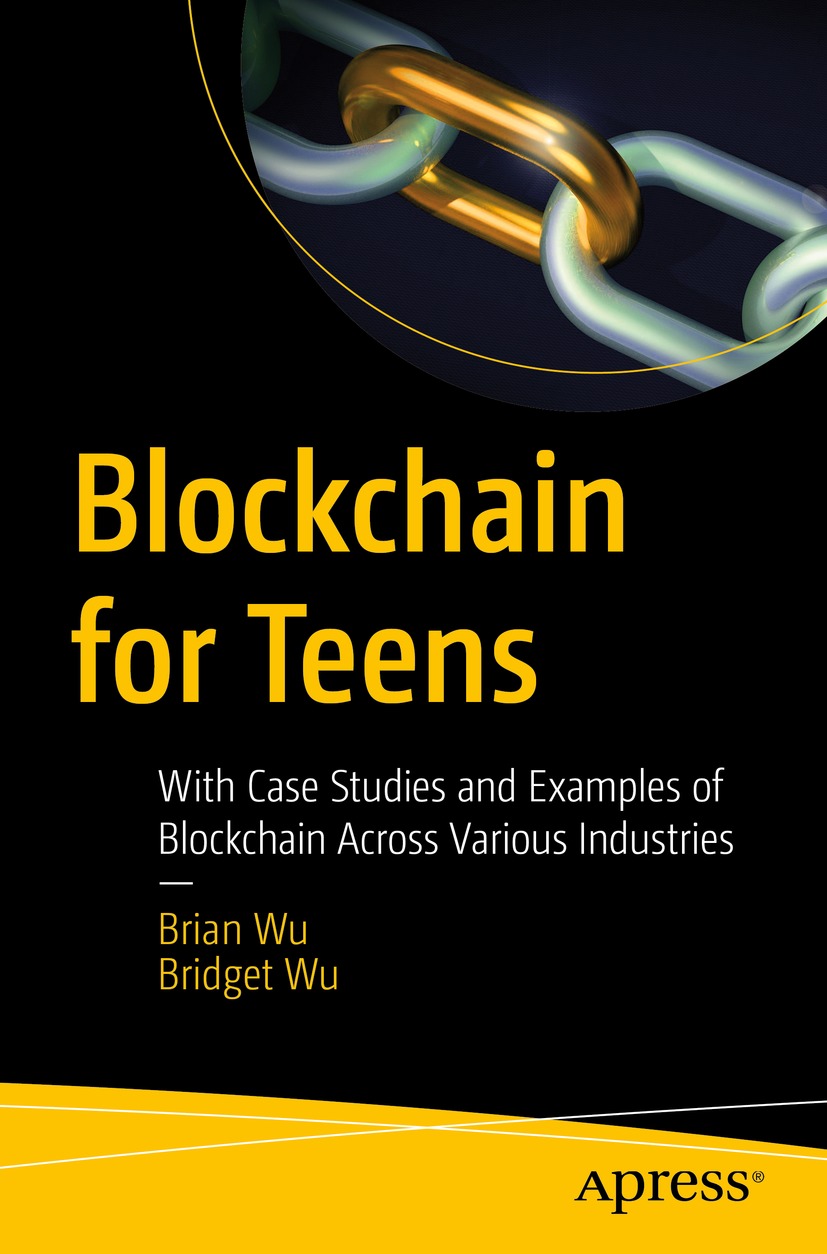Brian Wu
Livingston, NJ, USA
Bridget Wu
Livingston, NJ, USA
ISBN 978-1-4842-8807-8 e-ISBN 978-1-4842-8808-5
https://doi.org/10.1007/978-1-4842-8808-5
Brian Wu and Bridget Wu 2023
This work is subject to copyright. All rights are solely and exclusively licensed by the Publisher, whether the whole or part of the material is concerned, specifically the rights of translation, reprinting, reuse of illustrations, recitation, broadcasting, reproduction on microfilms or in any other physical way, and transmission or information storage and retrieval, electronic adaptation, computer software, or by similar or dissimilar methodology now known or hereafter developed.
The use of general descriptive names, registered names, trademarks, service marks, etc. in this publication does not imply, even in the absence of a specific statement, that such names are exempt from the relevant protective laws and regulations and therefore free for general use.
The publisher, the authors, and the editors are safe to assume that the advice and information in this book are believed to be true and accurate at the date of publication. Neither the publisher nor the authors or the editors give a warranty, expressed or implied, with respect to the material contained herein or for any errors or omissions that may have been made. The publisher remains neutral with regard to jurisdictional claims in published maps and institutional affiliations.
This Apress imprint is published by the registered company APress Media, LLC, part of Springer Nature.
The registered company address is: 1 New York Plaza, New York, NY 10004, U.S.A.
Introduction
Blockchain for Teens is a beginner-friendly guide for young people looking to build a basic foundation in blockchain technologies. Similar to the Internet in the 1990s, blockchain now promises to revolutionize the world by reforming current business models. In this new era, economies will become decentralizeda concept where every individual contributes to and benefits from the network. Blockchains wide appeal comes from its ability to ensure transparent, secure, and tamper-proof transactions without the need for a central authority. With clear explanations covering essential topics, including blockchain, cryptocurrency, cryptography, Dapps, smart contract, NFTs, decentralized finance (DeFi), and the Metaverse, Blockchain for Teens will help the reader develop various skills to get them started on their Blockchain journey.
Chapter , Blockchain: A Groundbreaking Technology, will talk about the basics of blockchain. First, we will discuss how the current monetary system works and how blockchain technology impacts money, business, and the modern world. Then we look into how a blockchain works by going over each step in the transaction process and the PoW and PoS consensus algorithms that form the backbone of the blockchain. We continue with the evolution of monetary systems, from barter to cryptocurrency. At the end of this chapter, we briefly introduce cryptocurrency and some basic concepts of the crypto market.
Chapter , Cryptography: The Backbone of Blockchain Security, gives a more thorough understanding of cryptography. This chapter will help enrich your knowledge of symmetric key cryptography and asymmetric key cryptography. You will also learn how digital signatures work. The chapter covers the hash algorithm, and we walk through elliptic curve cryptography to understand how it works. At the end of this chapter, you will learn how to generate an Ethereum address.
The main purpose of Chapter , Bitcoin: The Future of Money, is to present a basic concept of the Bitcoin network. The chapter starts with a discussion on the history of Bitcoin. Then we learn about the Bitcoin wallet and Bitcoin network. Next, we also cover Bitcoin transactions to familiarize you with the key concepts behind the Bitcoin blockchain. Lastly, we briefly introduce Lighting Network.
Ethereum, the second-largest cryptocurrency after Bitcoin, is considered a distributed Turing machine machineyoull learn more about what this means in the book. In Chapter , Ethereum: A Gateway to Cryptocurrency, you will learn about the history of Ethereum as well as the key components behind Ethereum. The chapter also goes over Ethereum nodes and Ethereum clients while providing examples. By delving into the Ethereum architecture, you will understand how the Ethereum Virtual Machine (EVM) works, how smart contract Opcode is executed within the EVM, and the structure of the block, state, and transactions in EVM.
The best way to understand how the Ethereum smart contract works is to practice writing a smart contract and Dapps. Chapter , Smart Contracts and Dapps: From Theory to Practice, will familiarize you with smart contracts and Dapps through a hands-on learning experience. You will write your first smart contract and deploy it to the public Ethereum network. We also demonstrate the basics of Dapp and web3.js and how Dapp interacts with smart contracts by connecting with the Metamask wallet.
NFTs, or nonfungible tokens, represent the future of collectibles and the expanding digital resource economy. NFTs will change not only art but also business, finance, and culture as mainstream interest in NFTs continues to grow. Chapter , NFT: Crypto As Collectibles, gives you a general introduction to what NFTs are. Along the way, you will learn the applications of NFTs, the difference between fungible and nonfungible items, and the selling points of NFTs. We also provide examples of NFTs and cover the current NFT marketplace. By the end of this chapter, you will create your own NFT in the OpenSea market.
Although the Metaverse is still in its early stages, it is rapidly gaining more attention in recent years. The Metaverse will be a 3D Internet that is based on new technologies including virtual reality (VR), mixed reality (MR), augmented reality (AR), blockchain, artificial intelligence (AI), and the Internet of Things (IoT). Chapter , Metaverse: The World Reimagined, will help you understand the basics of the Metaverse. We will also discuss immersive technology. By exploring the different layers of the Metaverse, we will learn about different products or services in the Metaverse landscape, including NFTs and cryptos. By entering a virtual blockchain world, you will experience the current stage of virtual real estate in the Metaverse. At the end of this chapter, we provide an overview of the future of the Metaverse.
Decentralized finance (DeFi) represents an innovative way to reshape the global financial industry. Chapter , Decentralized Finance (DeFi): Reinventing Financial Services, will introduce you to DeFis core concepts and structure, as well as provide an in-depth look at specific products in DeFi. We will discuss the most popular decentralized stablecoin and deep dive into the Maker stablecoin to understand how it works. Later, we also explore the most popular DEXUniswap. Finally, we provide a complete walkthrough on how to deploy your own ERC-20 token in the public blockchain, create a liquidity pool, add liquidity, swap your custom token, and get a staking reward in the Uniswap platform. In the decentralized lending and borrowing platform, we demonstrate how to lend, withdraw, swap, borrow, and repay crypto assets in the Aave platform. We also discuss decentralized insurance.

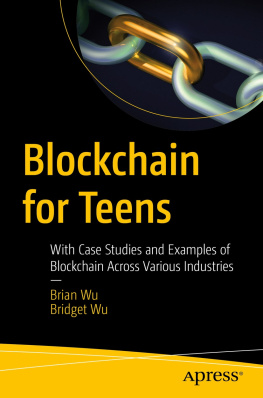
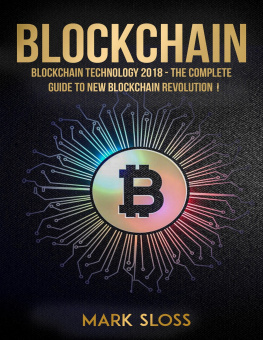


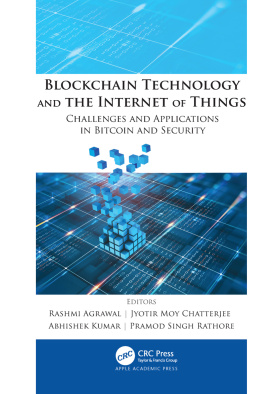
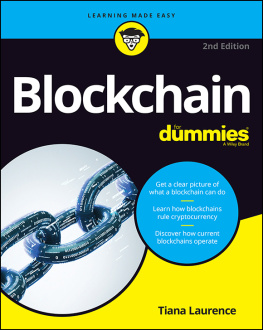
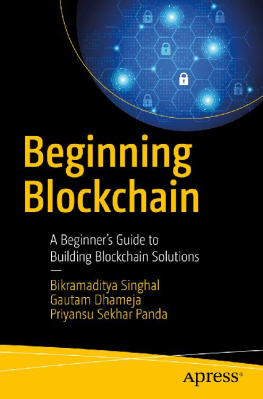
![Kirankalyan Kulkarni [Kirankalyan Kulkarni] - Learn Bitcoin and Blockchain](/uploads/posts/book/119684/thumbs/kirankalyan-kulkarni-kirankalyan-kulkarni-learn.jpg)
